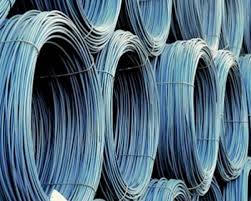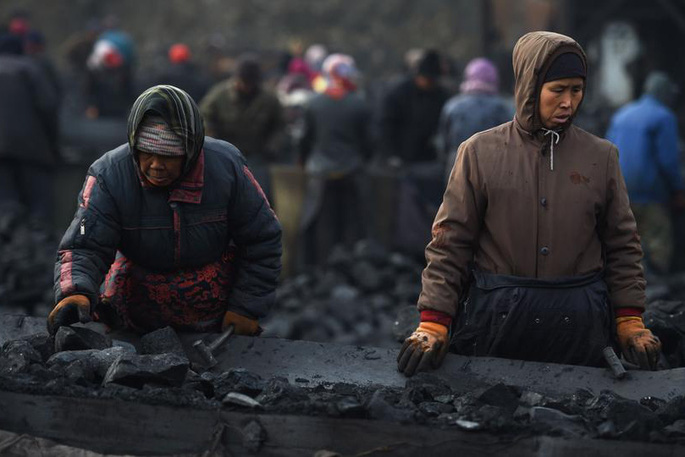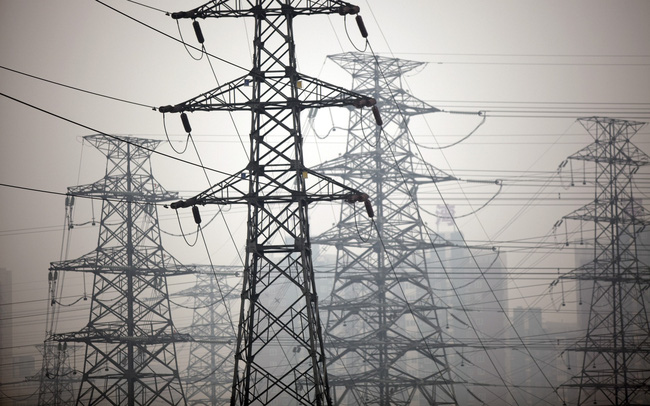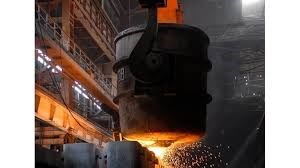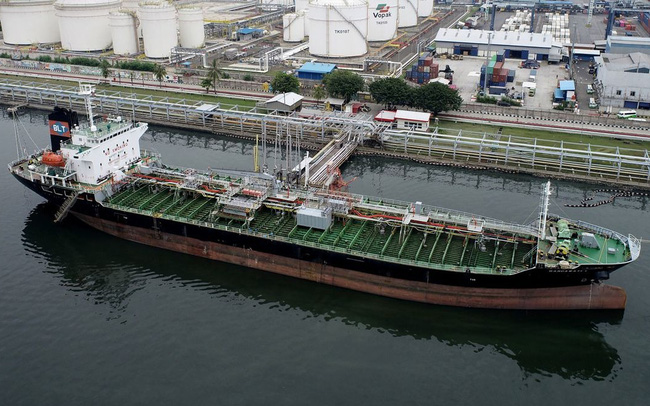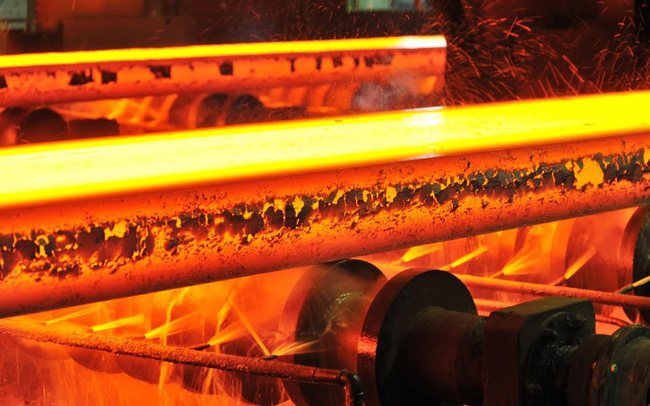Scrap steel prices have just hit a 13-year high as more and more steelmakers want to recycle the industrial metal to reduce their dependence on iron ore, while at the same time helping to reduce greenhouse gas emissions.
Scrap steel prices hit a 13-year high
According to news agency Korea Economic Daily (KED), increased demand has pushed scrap steel prices to a 13-year high. This price increase trend also occurs in the context that scrap steel exporting countries have issued a number of measures to restrict enterprises from sending goods abroad, including the plan to impose export taxes.
Not only the price but also the demand for scrap steel is also expected to skyrocket, as governments urge steel mills to reduce greenhouse gas emissions. Some industry experts have warned of the risk of a scrap steel supply crisis if the government aggressively imposes additional measures to control exports.
Leading Korean steelmakers such as POSCO, Hyundai Steel and Dongkuk Steel Mill are struggling to source scrap steel from Japan, Russia and the US, KED said, citing an informed source. The price of scrap steel imported from Japan is approaching the mark of 70,000 yen (equivalent to 615 USD)/ton.
Elsewhere, in the first week of November, the price of grade A fused scrap steel in Korea climbed to 605,000 won ($510) per ton, up 94% year-to-date. Since 2008, this is the first time this scrap steel has surpassed the 600,000 won mark.

A steel mill in Europe. (Artwork: Reuters).
The uptrend has not stopped
Korea is currently self-sufficient about 85% of scrap steel supply. Every year, Korea only imports about 4-6 million tons of this raw material from Russia, Japan and the US.
Sharing with KED, experts believe that scrap steel prices will rise even higher, even exceeding 670,000 won/ton because the global government is pushing ahead with climate targets.
As steelmaking is believed to be the main cause of air pollution, global steelmakers including Nippon Steel and ArcelorMittal have increased their capacity to smelt steel with electric furnaces. Typically, electric furnaces will use scrap steel instead of iron ore.
For POSCO, South Korea’s largest steel producer, scrap steel accounted for about 20% of the raw material used this year. POSCO wants to increase this proportion to 30% by 2025.
Supply is tight
Contrary to strong demand, supply is limited. The Eurasian Economic Commission (led by Russia) has considered issuing a ban on the export of iron and steel scrap since June last year. At the same time, the commission increased the export tax on scrap steel from 15 euros ($17) per ton to 70 euros.
China has long considered scrap steel as scrap and banned its import. However, this year, Beijing lifted the ban. In addition, Xi Jinping’s government also announced a plan to raise the self-sufficiency rate of scrap steel to 90% by 2025.
The spike in scrap steel prices is causing trouble for the construction industry. Particularly in Korea, both Hyundai Steel and Dongkuk Steel recently increased the price of rebar to offset costs.
Not to mention, the rising price of scrap steel also affects a wide range of industries from automobiles, shipbuilding to electronics. Scrap steel is now used not only to smelt construction steel, but also plate steel for vehicles and boats.
A source shared with KED that iron ore and coal are inherently two raw materials for steel processing, and their prices are often reflected in the price of finished steel. Now, steel processors also need to reflect the increase in scrap prices into finished steel.
T&G International Joint Stock Company
Address: 352 Hue Street, Le Dai Hanh Ward, Hai Ba Trung District, Hanoi
Hotline: 0345786803
Email: hrm@tginterjsc.com
Website: http://tginternationaljsc.com



